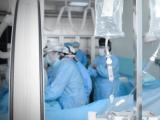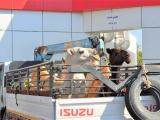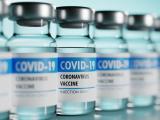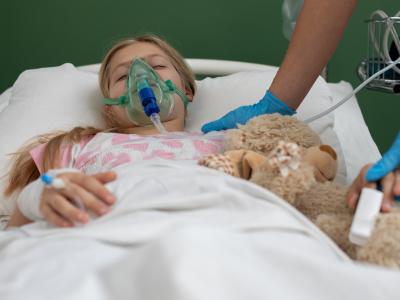Though surveillance for MERS-CoV and response to suspected clusters have improved, especially in hard-hit Saudi Arabia, early identification in the community and in healthcare facilities and compliance with infection prevention and control protocols still pose major challenges, the World Health Organization (WHO) said in its latest risk assessment.
The WHO's report, issued Jul 21, is its first major risk assessment update since December and covers 199 cases in four countries reported since its last report, 190 of them in Saudi Arabia, which reported several healthcare clusters over the time span.
Illnesses linked to a spate of hospital outbreaks in Riyadh in June appear to have tapered off, and the country hasn't reported a new case in 14 days.
Overall, however, WHO experts said the epidemiology, transmission patterns, clinical presentation, and viral characteristics haven't changed since the agency's last risk assessment on Dec 5, 2016.
Hospital outbreaks reveal asymptomatic contacts
The WHO said since December, about 31% of MERS-CoV (Middle East respiratory syndrome coronavirus) cases have been linked to health facilities, including 40 involving healthcare workers, as well as patients and visitors. Because symptoms of the relatively new disease are often nonspecific, initial cases can be easily missed, and though hospital transmission isn't surprising, the events are still "deeply concerning," the group added.
Improved compliance with infection prevention and control, especially adherence to standard precautions at all times, could help drive down the number of human-to-human illnesses in healthcare facilities, according to the WHO.
Five hospital outbreaks were reported since December, including three recent ones in Riyadh, of which two were related. In the first event, 34 lab-confirmed cases were reported, and 1 patient received renal dialysis at a second hospital, which spread the virus to 5 people at that facility.
An unrelated cluster at a third Riyadh hospital involved nine cases, and the index patient was an individual who got sick after direct camel contact.
In March and April, two unrelated clusters were reported at the same hospital in Wadi ad-Dawasir, which between them resulted in 15 MERS-CoV detections.
Of the cases reported since December, 59 were asymptomatic, and the WHO said the apparent increase in the number of asymptomatic contacts found in healthcare settings reflects a Saudi health ministry policy change, which now requires all high-risk contacts to be tested for MERS-CoV, regardless of symptoms.
How MERS-CoV spreads in hospitals still isn't clear and is the topic of scientific studies. The WHO, however, said observations suggests transmission occurs before infection prevention and control steps are applied and patients are isolated. The agency added that hospital outbreak investigations suggest that aerosolizing procedures done in crowded emergency department or medical wards without adequate control measures may have led to human-to-human spread and environmental contamination.
Camels still fueling most community spread
Of 56 cases reported from the community since early December, 47 (83.9%) involved direct or indirect contact with camels, mostly in Saudi Arabia, but also in Qatar and the United Arab Emirates.
Investigations of infections contracted in the community have improved and have included testing camels located near human cases and contact tracing, the WHO said.
Overall, the WHO's MERS risk assessment hasn't changed, and its experts expect more cases to be reported in the Middle East, along with occasional spillovers to other countries from people exposed to camels or their environments or to healthcare facilities experiencing outbreaks.
Efforts are under way at the WHO to better understand the disease. For example, in March it and the University of Hong Kong hosted an informal meeting to discuss environmental persistence findings and to plan studies involving environmental and air sampling. The WHO in May published target product profiles for MERS-CoV vaccines, supported a technical mission that sent health officials from Saudi Arabia to Egypt to share surveillance and lab experiences, and conducted a review of Qatar's preparedness and response.
Of 2,040 cases reported to the WHO since the virus emerged in 2012, at least 710 deaths were reported for a case-fatality rate of 34.8%.
See also:
Jun 21 WHO MERS-CoV risk assessment
Dec 12, 2016, CIDRAP News story "Saudi Arabia reports more MERS cases; WHO updates risk assessment"


















